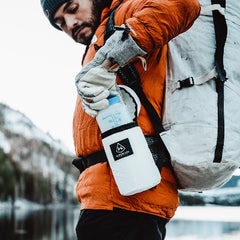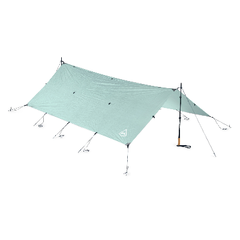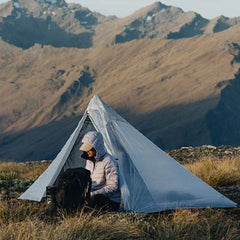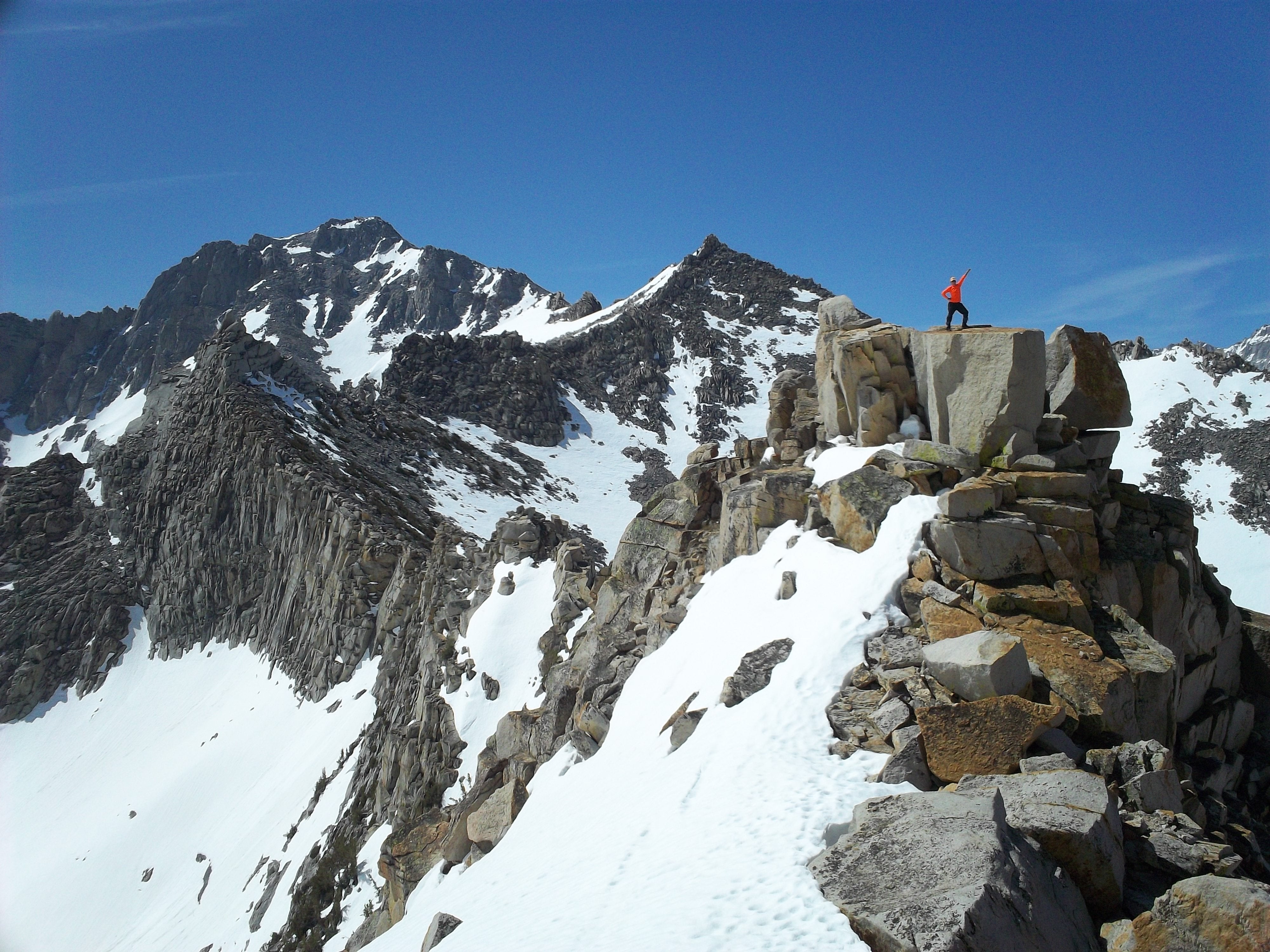This is the first of four posts from our Stripped Down series, authored by Guest Blogger Annie MacWilliams. This series targets female thru hikers and backpackers, but most of the information applies equally well to aspiring male thru hikers and backpackers.

Over the course of my colorful career in the woods, I have experienced the sick satisfaction of hefting a pack nearly half my body weight for a wilderness therapy job filled with med kits, wilderness survival tools, radios and 10 liters of water. The mileage was never high, mostly due to the disgruntled participants, but there was a small sense of pride in carrying so much weight. I can almost understand why some people want to prove something by carrying big packs. It makes you stronger, tougher and more eager to get to camp.
On the flip side, when I’m not recreating for a paycheck, I prefer to keep my pack considerably smaller. As a long-distance hiker, I have tallied almost 10,000 miles hiking the Appalachian Trail, Pacific Crest Trail and Continental Divide Trail, along with countless other shorter trails. The lighter the pack, the easier the miles, the more food I can carry, and the less stress I put on my joints and muscles. This seems logical enough; yet every year I see prospective thru-hikers start long trails with behemoth packs towering over their heads, dangles and doodads hanging off every attachment point, and inadequate gear for the environment. Some hikers are resistant to change, as are some non-hikers, but many more are eager to learn about the new technology, skills and hacks to make life easier.
As a female solo hiker, you are essentially carrying the exact same gear as a male hiker, but are more likely to have a smaller frame and less mass to carry that weight. For me, the correct fit on a backpack is critical to carrying weight comfortably. If I have to take these hips hiking with me; I might as well use them for the long term. You must find a pack that rests comfortably on the hips, is the correct length on the spine and has straps that rest comfortably around the chest and shoulders. I know plenty of male hikers who hike without a hip belt because their hips barely flare out enough to be an advantage, but their shoulders, back and neck take a beating. Additionally I have seen many females use a male-specific pack (myself included) that is misaligned with the spine. They subsequently struggle to find a comfortable fit. Load a pack with the weight you expect to carry, and wear it around. Let the weight settle on your hips. We’ve all carried heavy backpacks on our shoulders for a short while and felt fine, but anything longer than a walk home from the school bus is too long.
Here are some additional tips on how to get the right fit for a backpacking or thru hiking pack:
- First and foremost, measure your torso length. Check out the Sizing Chart below for details:
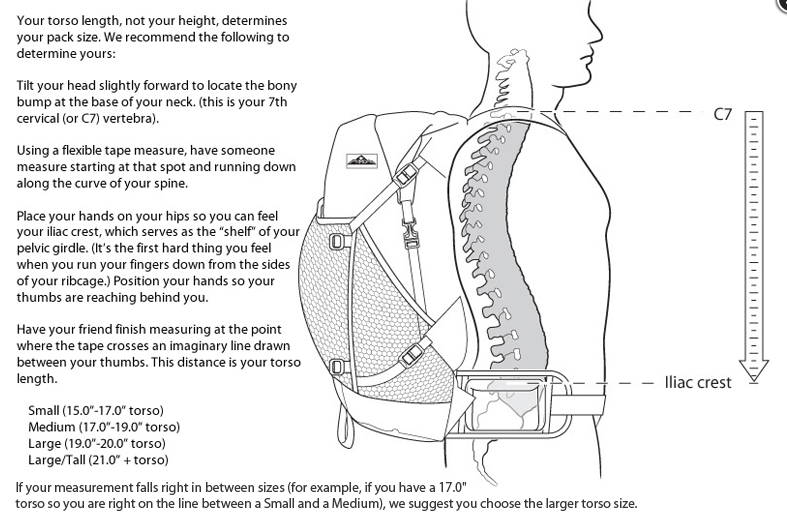
- Next, choose a pack that reflects your measurements and fill it with about as much weight as you’d expect to carry on a backpacking trip. Distribute the load evenly, and keep the straps loose.
- Finally, adjust the pack by tightening the shoulder straps and waist belt such that they are evenly balanced on either side. Your hips should hold 80-90% of the pack’s weight. The shoulder straps simply hold the pack close to your body (please see the Sizing Chart to see how the straps should rest on your shoulders). Some packs have load lifters, but Hyperlite Mountain Gear does not use them because the packs are designed to fit snugly and comfortably if sized correctly. There’s also a sternum strap that should run across your chest and serves to keep your shoulder straps from slipping off your shoulders.
Check out Annie MacWilliams’ other posts.
The post Gone Light, Part I: Backpacking & Thru Hiking Pack Fitting Tips for Women appeared first on Hyperlite Mountain Gear Blog.

